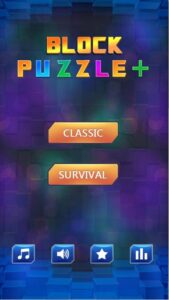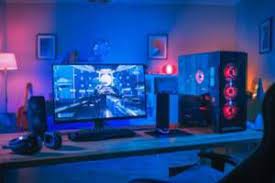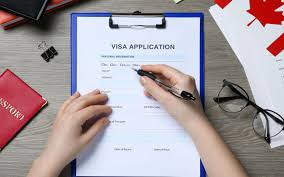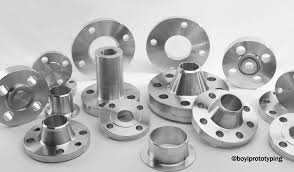Types of Block Puzzles
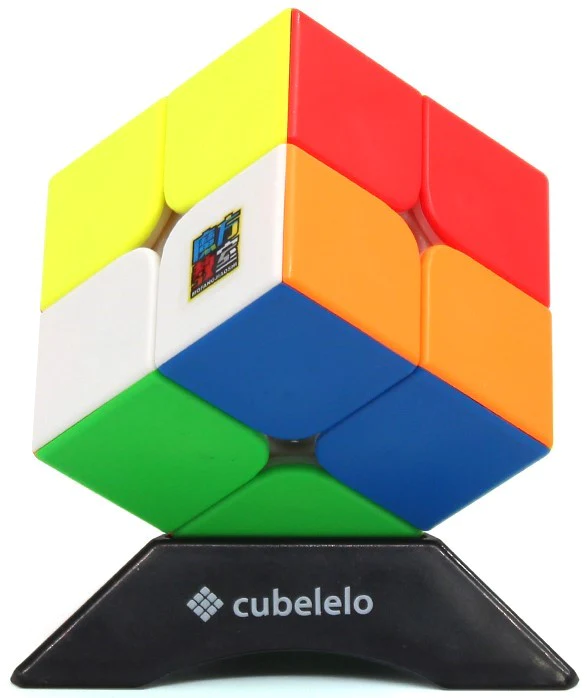
Block puzzle games require quick observation and analysis. They also improve hand-eye coordination. The game enhances the response between mind and body, which is an essential skill for gaming.
The main objective is to gauge the space and then place the blocks accordingly. This helps you learn space management skills in the long run.
Pattern Block Puzzles
Young children are naturally curious about shapes, and they may enjoy constructing designs with pattern blocks. This activity also helps them develop fine motor skills, while fostering their ability to think and use language related to geometric concepts. Observing them while they work with these puzzles is a great way to see how they problem solve and think through their choices.
As students construct different patterns with pattern block shapes, they learn about symmetry. They also discover that a shape can be made by combining different shapes (for example, a yellow hexagon can be covered by two red squares and three blue parallelograms). This discovery supports the understanding of fractional equivalence.
Students also learn about angles and the number of sides a shape has when working with Pattern Blocks. They can determine that a triangle has three angles, for example, and that a trapezoid has two. This is a natural lead-in to exploring the concept of perimeter, since they can identify that the number of sides determines the area of a shape.
Working with these templates helps children to develop their spatial reasoning skills, which involve the ability to move objects and shapes in different ways. For example, they can use trial and error to fill in the shape outlines on the template; they can shift, rotate, and flip their shapes to try different combinations. They can also identify shapes even as the orientation of the shape changes (an upside down triangle is still a triangle and a square that is tilted on its corner is still a square).
Stacking Block Puzzles
Block stacking is a classic toddler activity that contributes to early childhood development by requiring planning skills. It also helps children strengthen their fine motor skills by practicing hand-eye coordination and finger dexterity. You can help your child develop these skills by introducing him to different types of block sets and stacking toys. Try a stacking block puzzle that has images on all sides, or one that teaches the principles of geometry by teaching him to match shapes and sizes of blocks.
Once your child has mastered the basic concept of stacking, you can challenge him to a more complex building task by having him attempt to build a tower with three blocks or more. He may need to use his planning skills to figure out how many blocks he can stack without the tower toppling over. This is a developmental milestone that emerges around age 32 to 36 months.
Stacking block puzzles are also a great way to teach kids about gravity. You can demonstrate the force of gravity by stacking a dozen blocks on top of each other over the edge of a table and observing that the top blocks appear to defy gravity. You can further illustrate this principle by stacking blocks of varying shapes and sizes on a flat surface to see that only a certain number of blocks can be stacked before the pile collapses.
Sliding Block Puzzles
Block sliding puzzles are about fitting blocks into certain spaces. They force you to think spatially and use critical thinking, while boosting creativity all at once. There are now many sliding puzzles known, and each one has its own unique challenge. Some require an incredibly large number of moves to complete.
If you’re stuck with a particular block slider puzzle, try clamping it down or using a piece of wood to hold it in place so that it won’t move around while you work on it. This will help you keep track of how many moves you’ve already made and will make it easier to find a solution when you do come up with an answer.
Some block sliders have unusual shapes or even 3D configurations, making them even harder to solve. A popular example is the Daughter in a Box (hakoiri musume xiang Ru riNiang) wood puzzle from Japan. It features a number of yellow blocks inside a small box, with a single red block outside through an opening. The goal is to slide the other blocks, except for the red one, in order to pave the way for it to go out.
There are a few programs that can design and play these kinds of puzzles for you, as well as offer some helpful hints. SBPSolver is a good choice, as it’s designed to quickly solve all manner of slider puzzles, including some very difficult ones like the Fifteen and Eight Puzzles. Klotski is another option, but it’s a little more complex to use and only supports rectangular sliders.
Connecting Block Puzzles
A block puzzle is a game that requires you to place blocks in a specific pattern. For example, you may need to create a horizontal line or a vertical one. These games require you to pay attention and avoid distractions. They also require you to be quick in placing your blocks. If you fail to do this, your score will go down. Block puzzles are very enjoyable and fascinating. They also improve concentration and memory.
Depending on the type of block puzzle you choose, you might have to rotate or flip the pieces before they can be placed correctly in the grid. You may also be required to complete entire rows or columns of the grid. Some games even come with specific challenges and goals, such as filling the entire grid, creating shapes, or completing a certain amount of the puzzle within a set time period.
There are also advancing block puzzles that have you pushing blocks to create walls that prevent other blocks from reaching the end of the grid. Other types of advancing block puzzles include the lineup blocks, which require you to move all the blocks on a tray into one of three different positions, such as a straight horizontal or vertical line. There are also the hex challenge blocks, which have you clearing lines with colored hex shapes.

